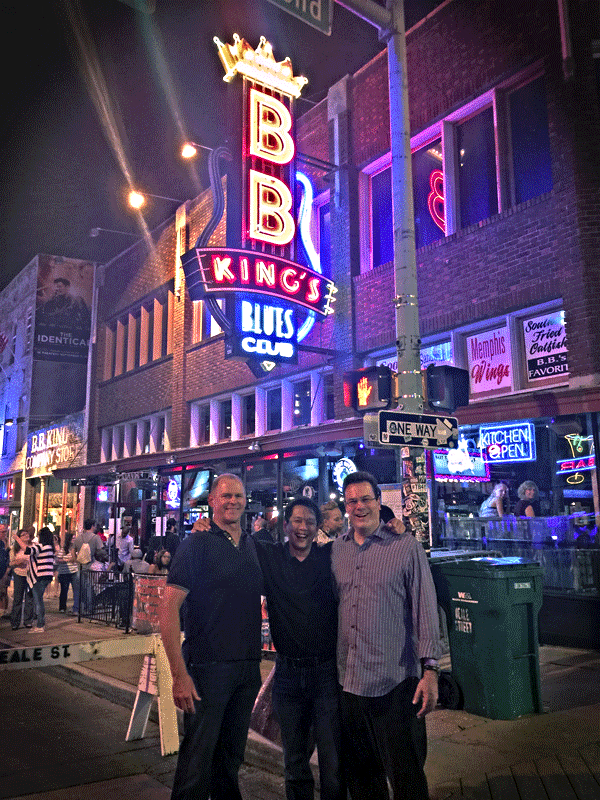Last week I had the opportunity to attend a charity barbecue cook-off in Memphis.
Turns out I was there the night B.B. King died. Here is a picture at his bar that night.

The group I was with was relatively small … but accounts for a large portion of the daily ag trading volume on the exchange. As a technical trader, it was interesting to listen to them discuss fundamental trading techniques (like crop forecasts and weather forecasts). But I wasn't ready for what I found when I visited one of their offices.
via YouTube.

Leave a Reply